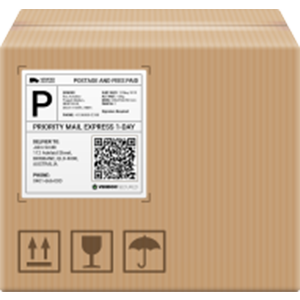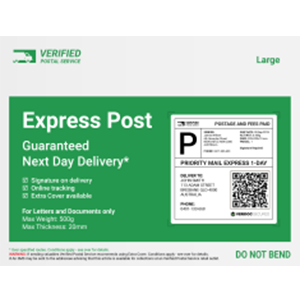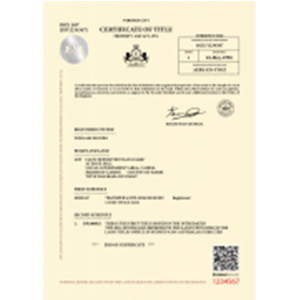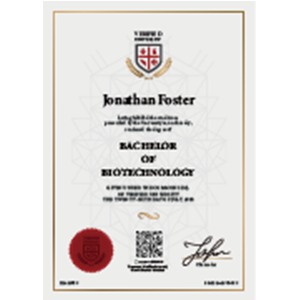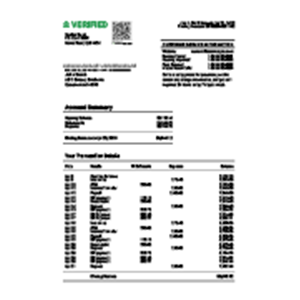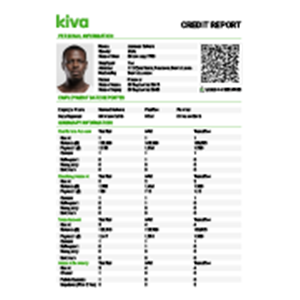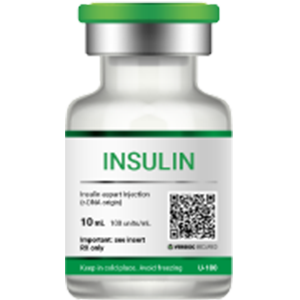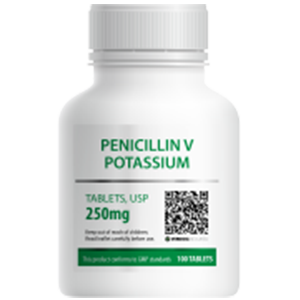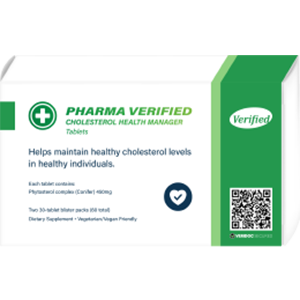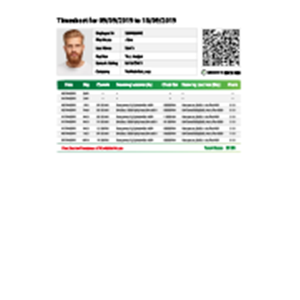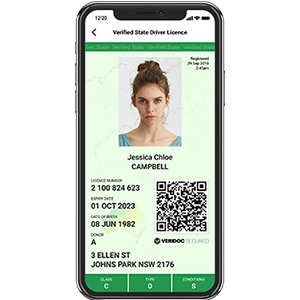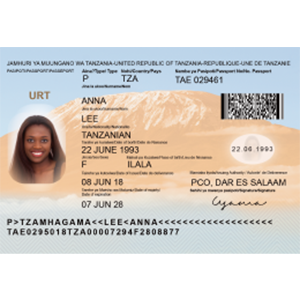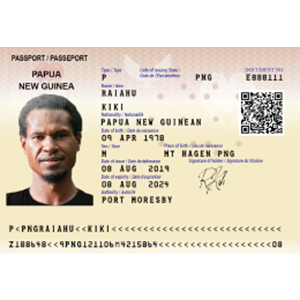VeriDoc Ledger: A Blockchain Fit for Government and Enterprise
01 Apr 2022
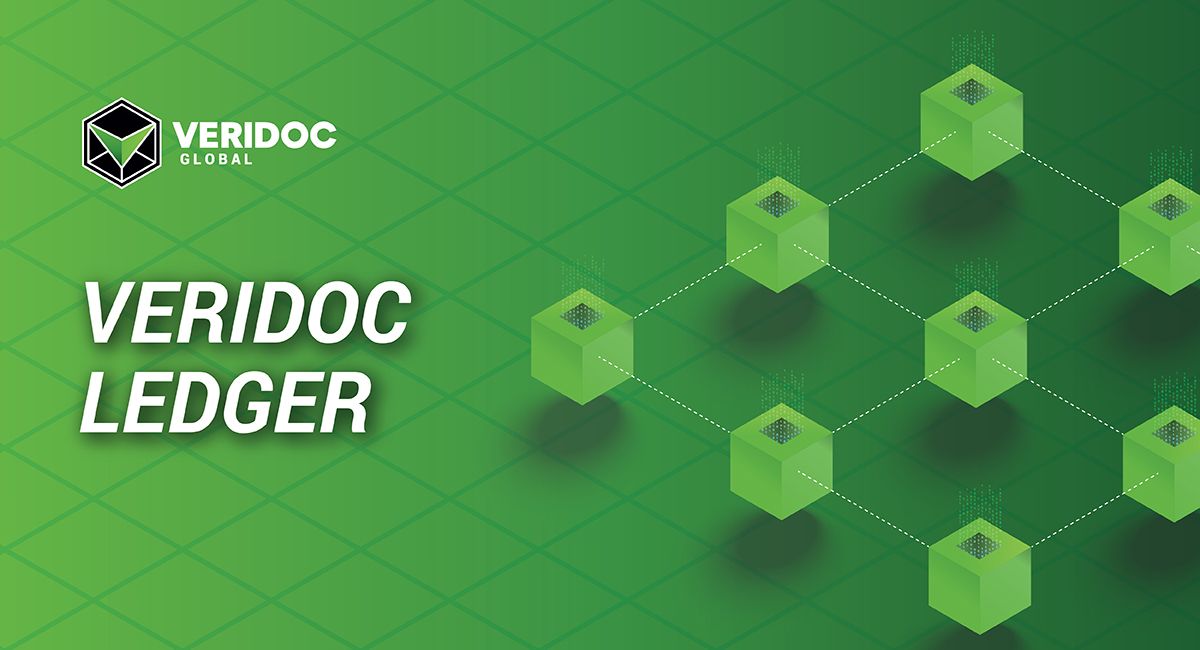
VeriDoc Global is a patented verification protocol that can be integrated with any blockchain. The multichain solution currently leverages seven different blockchains. Each blockchain has its own unique strengths and weaknesses.
VeriDoc Ledger is the seventh blockchain to be added to VeriDoc Global’s suite and was developed to fill the gap between public and private blockchains. It can be best described as a hybrid blockchain offering both public and private features without compromising on security or transparency.
VeriDoc Ledger is a fork of the Ethereum blockchain, enabling the ledger to inherit seven years’ worth of blockchain development and smart contracts capability. The credibility and track record of the second largest blockchain in the world, influenced the company’s decision to use Ethereum as the foundation for their technology.
However, unlike Ethereum’s Proof of Work and soon to be Proof of Stake consensus mechanism, VeriDoc Ledger utilises a Proof of Authority approach to reach an agreement on a single state of the network among distributed nodes.
What makes VeriDoc Ledger different?
1. Public Private Hybrid
Public blockchains such as Bitcoin and Ethereum are immutable and allow anyone to explore the ledger, offering the greatest amount of trust and transparency. Public blockchains however, are not owned by an individual or entity, so there is very little accountability. No one can be convicted of any wrongdoing and there are no service level agreements in place if a blockchain stops working.
Private blockchains on the other hand typically offer controlled or limited transparency to select stakeholders. Depending on the rules of the ledger, data is not always immutable and can be easily modified. Since most private blockchains are run by entities, there is accountability with the services provided.
VeriDoc Ledger offers a hybrid solution. The blockchain is immutable and public in nature, allowing anyone to explore the ledger using a blockchain explorer, and it is owned and managed by an entity, VeriDoc Global. Custom made blockchain explorers for clients can create a private blockchain experience by filtering out global transactions and only displaying records that are relevant to the user or organisation.
2. Cost of Transactions
A growing concern in the blockchain community is the cost of public blockchain transactions. Price volatility with cryptocurrencies such as Ether (ETH) and congestion due to airdrops and project launches have caused gas fees to increase anywhere up to $500 per transaction during peaks.
VeriDoc Ledger solves this issue by moving away from Proof of Work and Proof of Stake. Under a Proof of Authority framework, the cost of transactions is directly correlated to the cost of running blockchain infrastructure. Since server costs are typically fixed in nature, projects can now set budgets around predictable blockchain transaction fees.
3. Scalability and Accountability
Another growing concern in the blockchain community is the scalability of blockchains due to growing usage and adoption. Many blockchain groups and foundations have explored options such as increasing the block sizes, block times, side chains and sharding.
VeriDoc Ledger has been developed with Ethereum in mind. In many ways it can be described as an Ethereum side chain. Using a bridge protocol, all VeriDoc Ledger transactions are held accountable on Ethereum’s main chain by verifying the hash values using a Merkle Tree. Since VeriDoc Ledger is being used exclusively for VeriDoc Global solutions, scalability in the short term is less of a concern and if there are no major technological advancements in the near future, VeriDoc Global can simply deploy additional side chains as required.
4. Security
Public blockchains share a common security risk known as a 51% attack which is an attack on a blockchain by a group of miners or stakers who control at least 51% of the network’s computing power or staked cryptocurrency. There have also been discussions around quantum computers and quantum-resistant or quantum-safe blockchains.
VeriDoc Ledger’s Proof of Authority consensus mechanism allows VeriDoc Global to manage which nodes are validator nodes and which nodes are archive nodes. (See Figure 1 above.) This means that it can ensure that trusted parties are always in control of at least 51% of the computing power. Untrusted nodes would only be running an archive of the blockchain and would not have any validator privileges required to conduct a 51% attack.
5. Carbon and Energy Friendly
A major topic of discussion around Proof of Work blockchains is the amount of energy required to mine cryptocurrency as a reward for supporting a blockchain network.
By employing a Proof of Authority framework, VeriDoc Ledger is one of the most carbon friendly blockchains in the world. There is no mining or staking required which significantly reduces the computing power requirements to run a node. Nodes can even be run from a Raspberry Pi.
VeriDoc Global now offers Blockchain as a Service for any application looking to connect to a blockchain. With a growing library of APIs, VeriDoc Global can assist government and enterprise fast track their journey to Web 3.0.
To learn more about VeriDoc Global visit: https://veridocglobal.com
This article was written by Daniel da Silva Lay, COO VeriDoc Global.
This article was first posted on Medium.






 Brand Trust
Brand Trust

